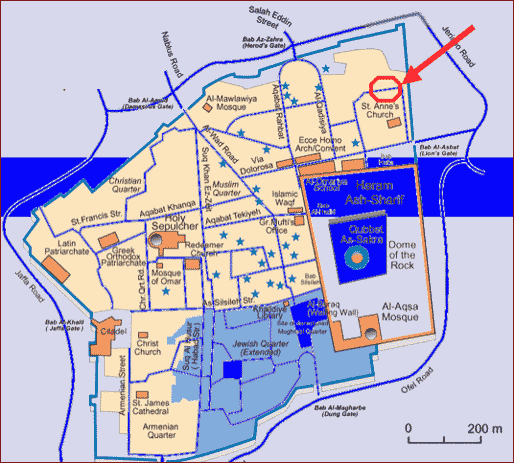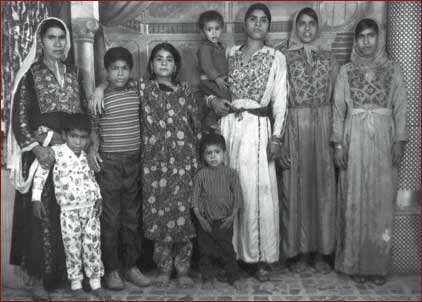Research Projects
Domari
- Jump to section
What is Domari?
Domari is an archaic Indic language spoken by populations known as Dom, Qurbat, or Karači in the Middle East. These populations were originally itinerant, specialising in trades such as metalwork and entertainment. They are believed to have descended from migrant peripatetic groups from India, belonging to the groups still known in India today as ḍom – hence the self-appellation Dom. The name is related to Rom, the self-designation of the Romani populations of Europe. Being an Indic language, Domari is also related to Romani. The two were once thought to be ‘sister languages’ which split after leaving the Indian subcontinent, but more recent research suggests that the differences between them are much older. The Dom and the Rom are therefore more likely to be descendents of different migration waves, sharing primarily a caste-identity, but not necessarily a language.
There are however some remarkable similarities between Romani and Domari, which appear to suggest a similar history: An origin in Central India, then migration to the Northwest, then migration out of India. Linguistically, this history manifests itself in both languages through
- an ancient layer of structural features that are typical of the Central languages of India,
- a layer of structural archaisms, rarely found in the modern languages of India, and especially not in the Central regions,
- a series of innovations that are shared with the languages of the extreme Northwest of India (such as Kashmiri), and
- some radical changes affecting especially the syntactic typology of the languages, as a result of diverse contacts with languages outside of India.
Little information is available on the language of the Dom in most parts of the Middle East. The best known variety is that of the Dom community of Jerusalem, which was described by R.A. S. Macalister already in 1909-1914. Samples of this dialect (Palestinian Domari) appeared in print as early as 1844, taken down by Ulrich Seetzen and published by August Pott in his book on Romani, and in a subsequent article on what he then called ‘Syrian Gypsy’, published in 1846. Descriptive work on Jerusalem Domari was taken up by Yaron Matras in 1996, with support from the Arts and Humanities Research Board and the Yale University Endangered Language Fund.
For concise information about the structure of Domari click here [pdf], or download a more detailed discussion of the grammar of Domari [pdf]. For sample sentences with sound click here.
The Jerusalem Dom community numbers up to around 1,200 persons, about half of whom live in the Gypsy quarter in the Old City, others live scattered in the vicinity of Jerusalem or elsewhere in the West Bank. They form part of Arab Palestinian society, with which they share many customs and traditions (see picture of Dom family). Only the older members of the community still maintain full active knowledge of the Domari language. It is difficult to estimate precisely how many speakers there are, but their number is unlikely to exceed 200. Domari is thus an endangered language.

Gypsy quarter in the Old City
Despite their close links with Palestinian society, the Dom are an isolated, stigmatised and marginalised minority. A few years ago, a number of young Dom formed a society with the aim of informing about their community. The tiny, isolated community has since drawn the attention of the regional and international media (see, for example, Jennifer Peterson’s report on the Dom of Jerusalem). Documentation on the Dom and other Gypsy communities of the Middle East is being carried out by the Dom Research Centre in Cyprus.


